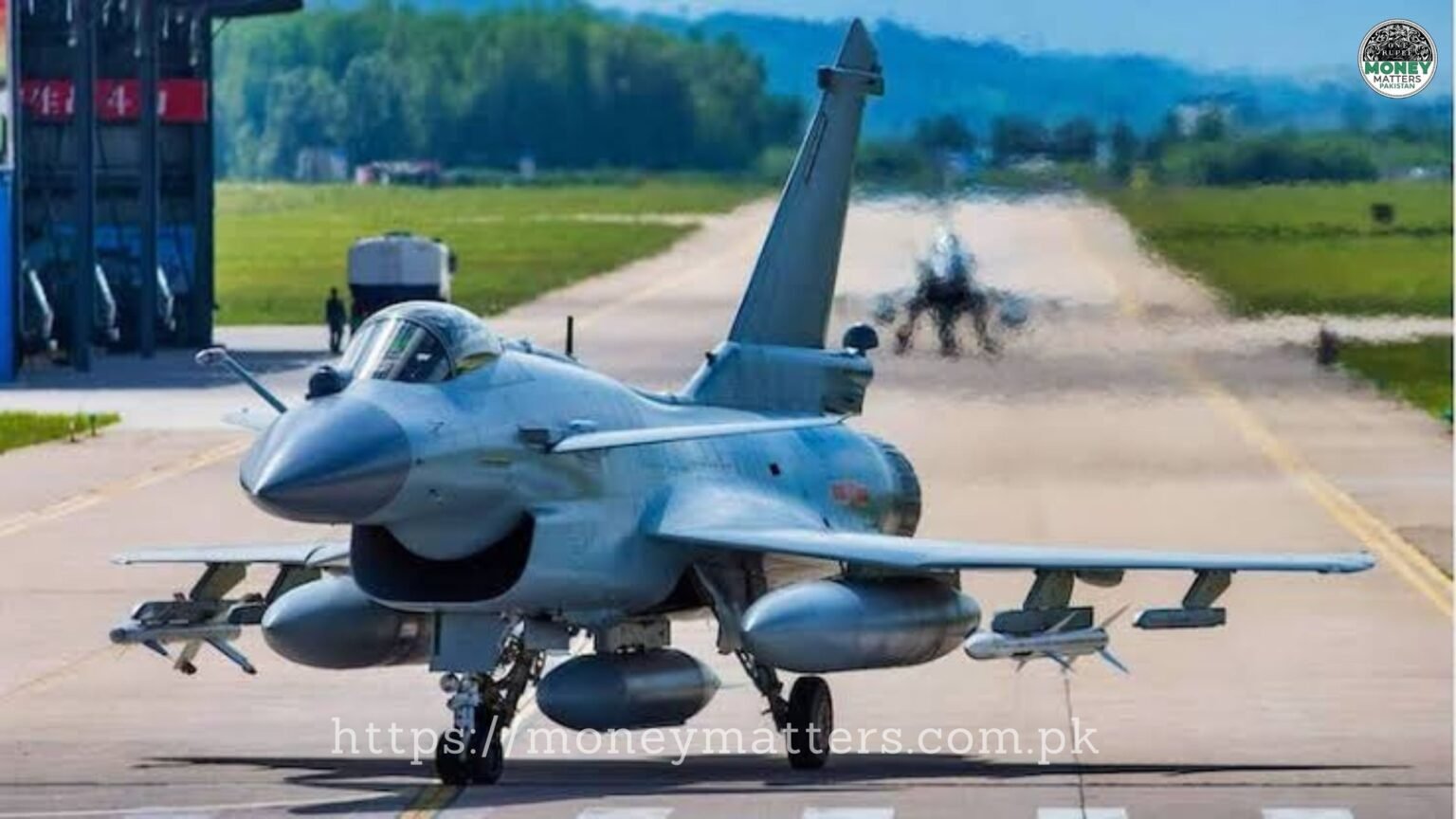Analysis suggests Chinese-made weapons, deployed by Pakistan, performed well against Western-supplied Indian armaments, potentially reshaping the global arms market.
Key Takeaways:
i) Chinese-made weaponry, utilized by Pakistan, reportedly showcased its capabilities in the recent clashes with India.
ii) The performance of these weapons has generated interest in military circles and could enhance international confidence in Chinese arms exports.
iii) Despite the military success, the conflict highlighted China’s limited diplomatic influence, with the United States playing a key role in mediating a ceasefire.
Money Matters Monitoring – A recent report by France 24 has indicated that Chinese-manufactured weapons have undergone a significant combat test during the recent India-Pakistan conflict, reportedly “passing with flying colours.” The analysis, detailed in their Asia-Pacific coverage, suggests that Pakistan’s deployment of Chinese military hardware proved effective against Indian equipment, much of which is sourced from Western nations.
According to the France 24 report, the clash witnessed Pakistan’s Chinese-made J-10C fighter jets reportedly shooting down Indian aircraft, including French-made Rafales. In his address to the National Assembly, Foreign Minister Ishaq Dar stated that Pakistan’s J-10Cs successfully downed three Indian Rafale aircraft. He emphasized the positive feedback received from the Chinese delegation regarding the J-10’s performance in the battlefield.
Carlotta Rinaudo, a China expert at the International Team for the Study of Security Verona, emphasized the significance of perception in initial assessments, describing the performance of China’s J-10 jet as a “big victory in terms of perception for a country that hasn’t fought the war.”
Yun Sun, the director of the China Program at the Stimson Center in Washington DC, highlighted two crucial aspects of the conflict as reported by France 24: the perceived underperformance of some Indian weaponry and the potentially more ambitious strategic intentions of India. Carlotta Rinaudo, a China expert at the International Team for the Study of Security Verona, emphasized the significance of perception in initial assessments, describing the performance of China’s J-10 jet as a “big victory in terms of perception for a country that hasn’t fought the war.” She further noted that this conflict is likely to boost international recognition and trust in Chinese arms, challenging long-held beliefs about their inferiority compared to Western counterparts.
Despite the apparent success of Chinese military technology, the France 24 report also pointed out the limitations of Beijing’s diplomatic power in the region. The United States ultimately played the central role in mediating a ceasefire between the two South Asian rivals, suggesting that while China’s arms may be making a mark, its diplomatic influence in de-escalating conflicts in the region is still evolving.




